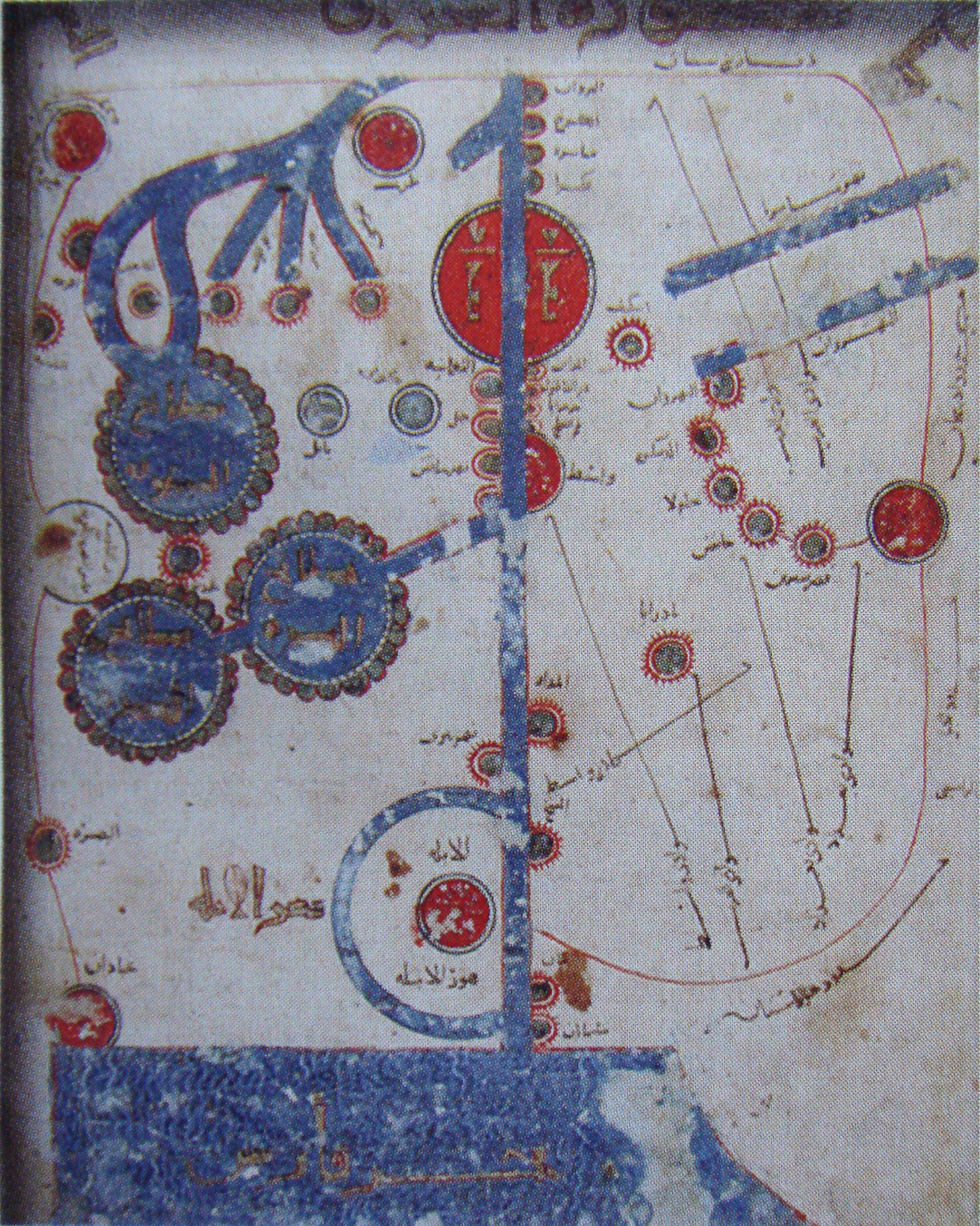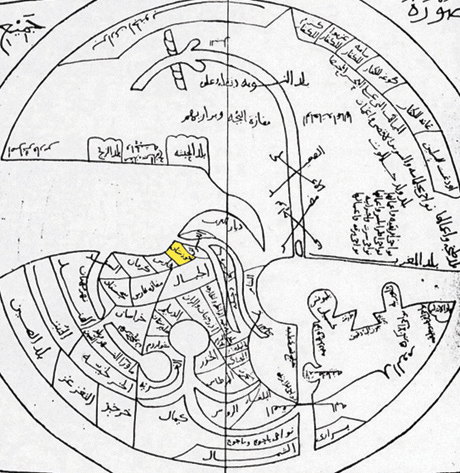|
Turan Of Baluchistan
Turan (), the medieval Islamic name for the district around Khuzdar, south of modern Quetta, in the east-central part of what is now Baluchistan, the territory in British Indian times of the Khanate of Kalat. Tabari, Istakhri and Ibn Hawqal Muḥammad Abū’l-Qāsim Ibn Ḥawqal (), also known as Abū al-Qāsim b. ʻAlī Ibn Ḥawqal al-Naṣībī, born in Nisibis, Al-Jazira (caliphal province), Upper Mesopotamia; was a 10th-century Arab Muslim writer, geographer, and chronic ... mentioned Turan in their history books. References Geography of Balochistan, Pakistan {{Baluchistan-geo-stub ... [...More Info...] [...Related Items...] OR: [Wikipedia] [Google] [Baidu] |
Khuzdar
Khuzdar ( Balochi, , ) also known as ''Hozdar'', is a city and the administrative headquarters of Khuzdar District in Balochistan province of Pakistan. Khuzdar is surrounded by mountainous region of the southwestern portion of the country near the central Balochistan. It is the 3rd-largest city in the province and the 49th-largest city in the country by population. As of the 2023 Pakistani census, the estimated population of the city is 228,112. Historically, Khuzdar was the main city and capital of the Jhalawan province of the Khanate of Kalat. From October 1952 to 1955, it became part of the Balochistan States Union. In 1955, Khuzdar became the capital of the newly formed Kalat Division before it became a district of its own in 1974. Gresha is the sub tehsil of Khuzdar District and it is almost from Khuzdar city. , it is the largest Brahui-speaking city. Etymology The name for the city was originally in the Middle Persian language, deriving from the Middle Persian w ... [...More Info...] [...Related Items...] OR: [Wikipedia] [Google] [Baidu] |
Quetta
Quetta is the capital and largest city of the Pakistani province of Balochistan. It is the ninth largest city in Pakistan, with an estimated population of over 1.6 million in 2024. It is situated in the south-west of the country, lying in a valley surrounded by mountains on all sides. Quetta is at an average elevation of above sea level, making it Pakistan's highest altitude major city. The city is known as the ''"Fruit Garden of Pakistan,"'' due to the numerous fruit orchards in and around it and the large variety of fresh and dried fruits produced there. Located in northern Balochistan near the Pakistan-Afghanistan border and the road across to Kandahar, Quetta is a trade and communication centre between the two countries. The city is near the Bolan Pass, which was on a major gateway from Central Asia to South Asia. Etymology The name ''Quetta'' is a variation of the Pashto word ''Kwatkōṭ'', or ''kōta'' meaning "fortress". Quetta was formerly known as Shalkot ( ... [...More Info...] [...Related Items...] OR: [Wikipedia] [Google] [Baidu] |
Baluchistan, Pakistan
Balochistan (; ; , ) is a province of Pakistan. Located in the southwestern region of the country, Balochistan is the largest province of Pakistan by land area but is the least populated one. It is bordered by the Pakistani provinces of Khyber Pakhtunkhwa to the north-east, Punjab to the east and Sindh to the south-east; shares international borders with Iran to the west and Afghanistan to the north; and is bound by the Arabian Sea to the south. Balochistan is an extensive plateau of rough terrain divided into basins by ranges of sufficient heights and ruggedness. It has a large deep sea port, the Port of Gwadar lying in the Arabian Sea. Although it makes up about 44% of the land area of Pakistan, only 5% of it is arable and it is noted for an extremely dry desert climate. Despite this, agriculture and livestock make up about 47% of Balochistan's economy. The name "Balochistan" means "the land of the Baloch people". Largely underdeveloped, its economy is also dominated by na ... [...More Info...] [...Related Items...] OR: [Wikipedia] [Google] [Baidu] |
Khanate Of Kalat
The Khanate of Kalat, also known as the Brahui Confederacy, was a Brahui Khanate that originated in the modern-day Kalat region of Pakistan. Formed in 1666 due to the threat of Mughal expansion in the region,"Baluchistan" ''Imperial Gazetteer of India'' Vol. 6p. 277 from the Digital South Asia Library, accessed 15 January 2009 it controlled the wider Balochistan at its greatest extent in the mid-18th century, extending from Kerman in the west to Sindh in the east and from Helmand River in the north to the Arabian Sea in the south. The Khanate of Kalat lost considerable area to Qajar Iran and the Emirate of Afghanistan in the early 19th century, and the city of Kalat was itself sacked by the British in 1839. Kalat became a self-governing state in a subsidiary alliance with British India after the signature of the Treaty of Kalat by the Khan of Kalat and the Brahui Sardars in 1875, and the supervision of Kalat became a task of the Baluchistan Agency. Kalat was briefly i ... [...More Info...] [...Related Items...] OR: [Wikipedia] [Google] [Baidu] |
Tabari
Abū Jaʿfar Muḥammad ibn Jarīr ibn Yazīd al-Ṭabarī (; 839–923 CE / 224–310 AH), commonly known as al-Ṭabarī (), was a Sunni Muslim scholar, polymath, historian, exegete, jurist, and theologian from Amol, Tabaristan, present-day Iran. Among the most prominent figures of the Islamic Golden Age, al-Tabari is widely known for his historical works and expertise in Quranic exegesis, and has been described as "an impressively prolific polymath".Lindsay Jones (ed.), ''Encyclopedia of religion'', volume 13, Macmillan Reference USA, 2005, p. 8943 He authored works on a diverse range of subjects, including world history, poetry, lexicography, grammar, ethics, mathematics, and medicine. Among his most famous and influential works are his Quranic commentary, '' Tafsir al-Tabari'', and historical chronicle, '' Tarikh al-Tabari''. Al-Tabari followed the Shafi'i school for nearly a decade before he developed his own interpretation of Islamic jurisprudence. His understanding of ... [...More Info...] [...Related Items...] OR: [Wikipedia] [Google] [Baidu] |
Istakhri
Abu Ishaq Ibrahim ibn Muhammad al-Farisi al-Istakhri () (also ''Estakhri'', , i.e. from the Iranian city of Istakhr, b. – d. 346 AH/AD 957) was a 10th-century travel author and Islamic geographer who wrote valuable accounts in Arabic of the many Muslim territories he visited during the Abbasid era of the Islamic Golden Age. There is no consensus regarding his origin. Some sources describe him as Persian, while others state he was Arab. IV:222b-223b. The ''Encyclopedia Iranica'' states: "Biographical data are very meager. From his ''nesbas'' (attributive names) he appears to have been a native of Eṣṭaḵr in Fārs, but it is not known whether he was Persian". VIII(6):646-647 (I have used the updated online version). Istakhri's account of windmills is the earliest known. Istakhri met the celebrated traveller-geographer Ibn Hawqal, while travelling, and Ibn Hawqal incorporated the work of Istakhri in his book ''Kitab al-Surat al-Ard''. Works Istakhri's two surviving ... [...More Info...] [...Related Items...] OR: [Wikipedia] [Google] [Baidu] |
Ibn Hawqal
Muḥammad Abū’l-Qāsim Ibn Ḥawqal (), also known as Abū al-Qāsim b. ʻAlī Ibn Ḥawqal al-Naṣībī, born in Nisibis, Al-Jazira (caliphal province), Upper Mesopotamia; was a 10th-century Arab Muslim writer, geographer, and chronicler who travelled from AD 943 to 969.Ludwig W. Adamec (2009), ''Historical Dictionary of Islam'', p.137. Scarecrow Press. . His famous work, written in 977, is called ''Surat Al-Ard'' (; "The face of the Earth"). The date of his death, known from his writings, was after Anno Hegirae, AH 368/AD 978. Biography Details known of Ibn Hawqal's life are extrapolated from his book. He spent the last 30 years of his life traveling to remote parts of Asia and Africa, and writing about different things he saw during his journey. One journey brought him 20° south of the equator along the East African coast where he discovered large populations in regions the Ancient Greece, ancient Greek writers had deemed uninhabitable. Ṣūrat al-’Arḍ Ibn Ha ... [...More Info...] [...Related Items...] OR: [Wikipedia] [Google] [Baidu] |



